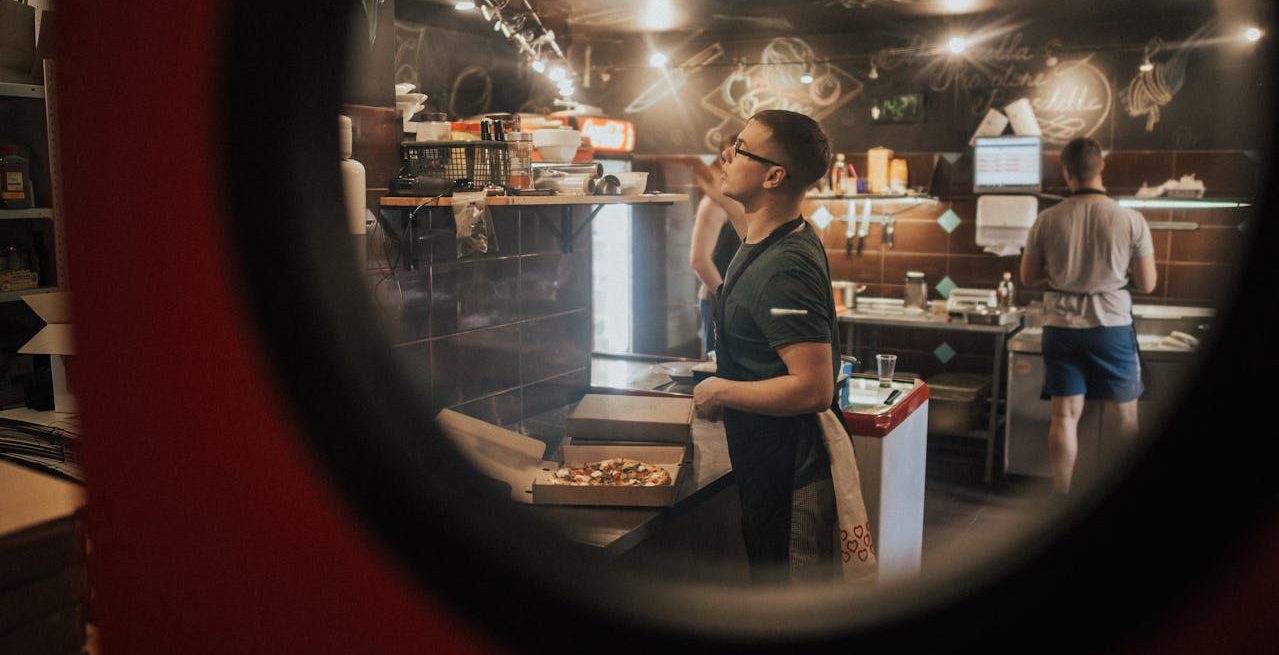Building a Resilient Restaurant: A Guide to Scaling a Food Concept in 2024
4 Min Read By Uday Ahuja
Facing harsh headwinds in the form of stiff competition, tough macroeconomic conditions, and ever-evolving consumer preferences, running and scaling a successful restaurant business requires a nimble approach that encompasses four key focuses. From attracting investors to prioritizing repeatable unit economics, there has never been a more crucial time to be disciplined during the growth phase of building a restaurant.
Scaling and Attracting Investors
To effectively scale a multi-unit restaurant business in 2024, courting investors is often necessary. Whether founders need funding for geographical expansion, marketing or operational enhancements, presenting a compelling case to potential investors is required. In years prior, a glossy deck and some buzz around your concept and the promise of what could be may have been enough to raise capital, but now investors are looking for a thoroughly vetted premise. Backed by robust market research, proven brand awareness, and an understanding of changing consumer trends, a successful restaurant concept can show a clear-cut case on why the landscape is missing what they have to offer.
Specifically, for restaurant concepts, investors will focus their time and diligence on a few key metrics, including (but not limited to): (i) average unit volumes (or “AUV”) – how much revenue is being brought in by each location, (ii) same-store-sales (or “SSS”) growth – how each restaurant location is performing year-over-year, (iii) gross margin – profitability after two significant expenses for any restaurants – labor and cost of goods (collectively, “Prime Costs”), (iv) four-wall EBITDA – how much profitability is generated after restaurant-specific expenses (e.g. rent) and (v) cash-on-cash return / payback – how long and at what rate will investment in a specific location be returned. Within each of these metrics, there is an immense amount of detail to analyze. For example, AUV is a function of traffic (number of transactions) and average order value (“AOV”); what do the trends suggest about each of those components? Is growth coming only from price increases and therefore, higher AOV or is the restaurant doing a better job of upselling and generating more revenue from every transaction? Each metric tells its own story about the health of the business.
Focusing on Sustainable and Repeatable Unit Economics
Investors want to see the path towards expansion beyond a single unit and it is vital that a restaurant operator prove repeatable and consistent unit economics in not only the original location, but also across any new locations and in new markets. If there is significant variability in key metrics across locations and markets that isn’t easily explainable (e.g. minimum wage or tip-credit that impacts labor costs), it’s a red flag to potential investors. To build consistency, establishing clear systems and processes is a key imperative – whether it’s the tech stack (POS systems) or in operations (labor efficiency, food waste). It is no longer optional to be profitable at the restaurant-level…similar to “first-order-profitability” in e-commerce, restaurants should not only be “first-location-profitable”, but generate at least mid-teens margins from each location.
In addition, profitability across the restaurant group is gaining importance. In recent years, significant investments in G&A expenses were justified as investing for growth. Now, investors want to focus on corporate level profitability, which deducts corporate overhead from aggregated four-wall EBITDA.The “growth at all costs” M.O. for restaurant groups has been replaced by disciplined growth.
Survive and Advance: Creating Incentives for Investors
In the pursuit of capital, it is essential to create incentives that align with investors' interests while emphasizing the viability of profitability. Investors are eager to work with founders who prioritize prudent cash management. In hyper growth periods, spending capital hand over fist is a sign of ambitious founders, but in more difficult times, building a reserve of cash can ease investors’ (and operators) nerves about withstanding a downturn.
Owners can build trusted relationships with investors with transparent communication of financial projections, risk mitigation strategies, and sharing a clear path to achieving sustainable profitability. Even at the risk of slower growth, staying prudent in financial management can instill more confidence in potential investors than a runaway growth plan. Emphasize the value of long-term profitability over rapid but unsustainable growth. Prioritizing profitability through effective cost control measures, revenue optimization, and prudent investment allocation lays a solid foundation for sustainable growth.
Should the need to raise capital arise, with the above plan as a basis, look to create a “win-win” to invite investment, where investors will be attracted with a structured investment or an attractive valuation, but an operator will be rewarded for meeting their goals and growing their business sustainably.
Stay Nimble, but Look Forward
Grow at all costs used to be the adage every restaurant swore by. Efficiency and profitability was a second-order desire of founders (and investors), but now as food concepts shutter all across the world, successful brands must build resilient restaurants that can withstand tougher times.
Restaurants remain an attractive area for investment. They form a critical part of consumers' everyday lives and even in recessions or tough economic environments, they provide the escape and the experience consumers need and want. Since they span the spectrum, there’s something for everyone. With the right blend financial profile and therefore, substance over style, the restaurant sector will continue to provide numerous investment opportunities and will always be an attractive place to invest capital.


